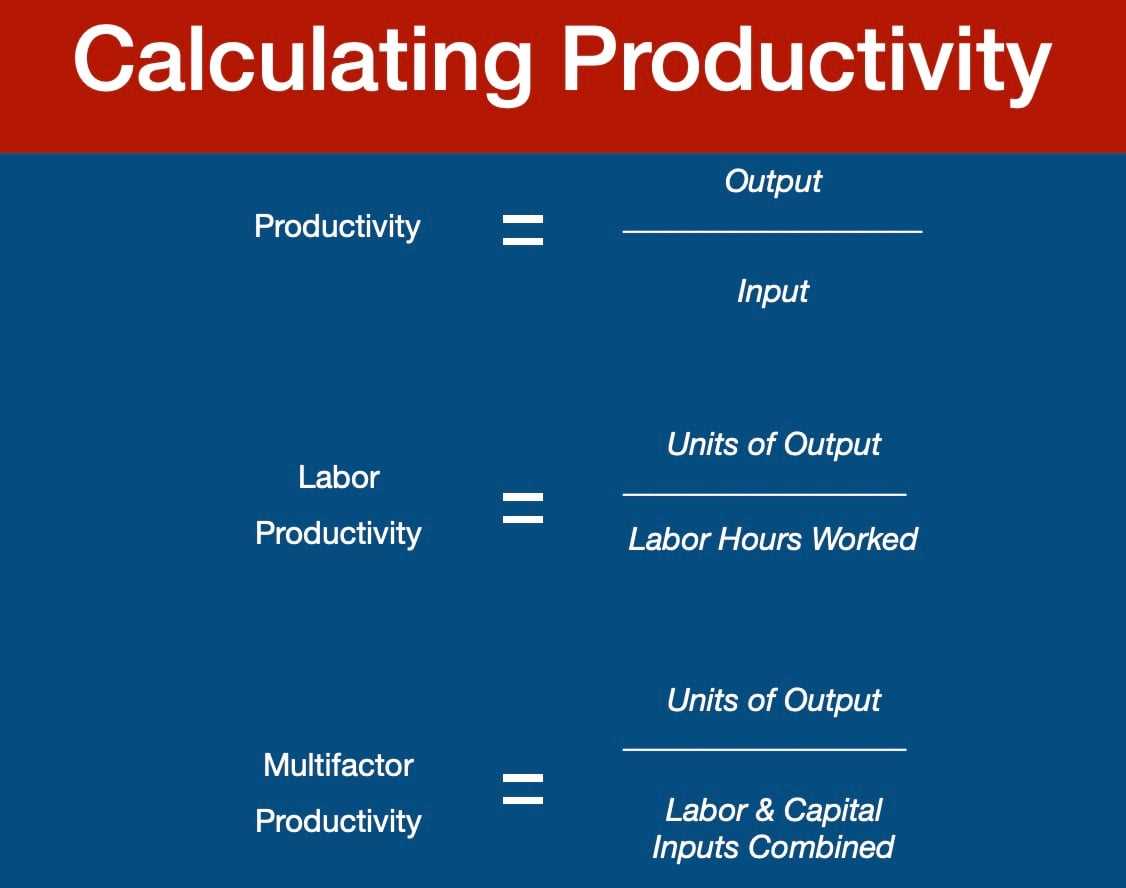Efficiency – Understanding Its Significance in Economics and the Formula to Measure It

GUIDE TO MICROECONOMICS
In the world of economics, efficiency is a key concept that can make or break businesses. But what exactly does it mean to be efficient, and how can it be measured?
From analyzing production processes to evaluating resource allocation, our guide will walk you through the various dimensions of efficiency and teach you how to identify inefficiencies and implement strategies for improvement.
Don’t let inefficiency hold you back. Unlock the secrets of economic efficiency with our comprehensive guide to microeconomics.
The formula for calculating efficiency is simple: Efficiency = (Actual Output / Potential Output) x 100%. It measures the percentage of potential output that is actually achieved. A higher efficiency indicates that resources are being used effectively and that the economy is operating at its full potential.
To illustrate this concept, let’s consider an example. Imagine a country that can produce either cars or computers. The PPF shows the different combinations of cars and computers that can be produced with the available resources. If the country is operating on the PPF, it is considered to be efficient. However, if it is operating inside the PPF, it is considered to be inefficient as it is not utilizing its resources to their full potential.
Efficiency is important because it leads to higher levels of output, economic growth, and improved living standards. When resources are used efficiently, more goods and services can be produced, leading to increased consumption and higher standards of living for the population.

To understand efficiency, we need to examine the concept of production possibilities frontier (PPF). The PPF is a graphical representation of the different combinations of two goods that an economy can produce given its resources and technology. It shows the maximum output that can be achieved with the available resources.
| Actual Output | Potential Output | Efficiency Ratio |
|---|---|---|
| 100 units | 120 units | 0.83 |
| 80 units | 100 units | 0.80 |
| 90 units | 90 units | 1.00 |
As shown in the table above, an efficiency ratio of 1 indicates that the economy is operating at its maximum potential output. A ratio below 1 indicates inefficiency, with the gap between actual and potential output representing the extent of inefficiency.
Stay tuned for the next section of our guide, where we will explore the various factors that can affect efficiency in economics and strategies to improve it.

Emily Bibb simplifies finance through bestselling books and articles, bridging complex concepts for everyday understanding. Engaging audiences via social media, she shares insights for financial success. Active in seminars and philanthropy, Bibb aims to create a more financially informed society, driven by her passion for empowering others.
